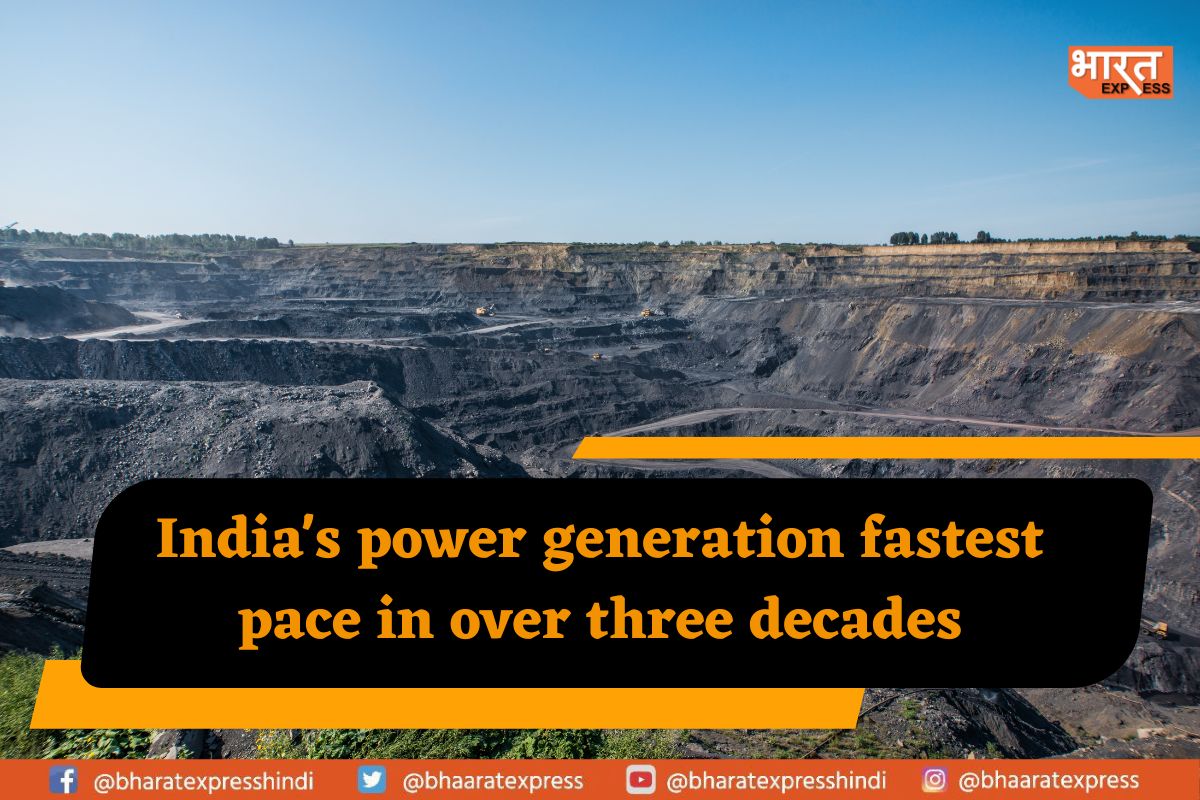
According to a Reuter’s analysis of government statistics, India’s power generation increased in the just ended fiscal year at the fastest rate in more than three decades, driving record-breaking emissions from both coal-fired and renewable energy plants.
Strong summer heat waves, a colder-than-usual winter in northern India, and an economic recovery all contributed to an increase in energy usage. In an effort to avoid power shortages, India was compelled to raise the production from coal plants and solar farms. According to an analysis of daily demand data from regulator, the fiscal year ending in March 2023 witnessed an increase in power generation of 11.5% to 1,591.11 billion kWh, or units, the largest growth since the year ended in March 1990.
According to the data, the production of power from coal grew by 12.4%, offsetting a 28.7% decline in electricity produced by cleaner gas-fired plants as a result of a global rise in LNG prices that discouraged use. For fossil fuel plants, this was the quickest increase in more than three decades.
In the new fiscal year that began on April 1, it is projected that coal will be burned 8% more by Indian power plants. India, the third-largest emitter of greenhouse gases in the world, faces challenges weaning its economy off carbon while attempting to provide energy security for its roughly 1.4 billion inhabitants. This difficulty is highlighted by the country’s rapid increase in coal-fired output to meet an increase in power demand. The most recent fiscal year saw a total energy delivery of 1509.15 trillion kWh, an increase of 8.4% over the year before but still 6.69 trillion units short of what was required, the biggest shortfall in six years. The information showed an increase in coal-fired electricity production to 1,162.91 billion kWh, with coal’s share of overall output rising to 73.1%, the highest level since the year ended in March 2019.
The Central Electricity Authority of India estimates that generating 1 million kWh of power from coal results in the production of 975 tonnes of carbon dioxide, as opposed to 475 tonnes for generating the same amount of electricity from gas. An energy-producing lignite plant, also referred to as a brown coal plant, must produce 1,280 tonnes. According to calculations, the quantity of power that would have most likely been produced using coal was lowered by up to 32.5 million tonnes due to the creation of green energy.
The data showed that excluding major hydro and nuclear, the share of renewable energy in power generation increased from 10.8% to 11.8% in 2022–2023, largely as a result of a 35% increase in solar output.
To read more such news, download Bharat Express news apps




















